Week Ahead: Forecasts and Expectations
Short recollection of the past week:
Firstly, “Things have been fairly quiet today and for the last few days, but it is starting to pick up as we head into May.”
Friday: “Copper hit highs of 5,750 per tonne today and finished trading up $43 on yesterday’s close. Nickel bounced back from a decline earlier in the week with a price hike of $120 per tonne, while tin sits just $100 shy of the $20,000 per tonne mark.
Secondly, “Over the past month, copper inventories [on the LME] have fallen over 16%, while zinc is down 9%, lead 8% and aluminium 6%. All have had recent supply disruptions which may have impacted this.”
Thirdly, “Base metals bounced overnight with volumes improving compared with earlier this week, although lead and nickel are the only metals to register above average turnover.” (inspired by Metal Bulletin)
Next Week:
Following, this is the list of next Week’s happenings along with the dates they will happen on.(inspired by www.investing.com )
Monday, May 1:
- The US Commerce Department reports personal spending. Economists project an increase since March, as they expect improvement in demand at the end of a disappointing quarter.
- ISM Manufacturing: Economists anticipate a report that US manufacturing growth slowed in April, after doing so during March as well. That’s after rapidly advancing to a 2.5 year-high in February. Could equities follow?
- US Treasury Secretary Steven Mnuchin will be interviewed by Fox at the Milken Institute Conference. Note: Mnuchin has been partially responsible for the dollar’s decline this year. Also he repeatedly expressed that too strong a dollar may hurt short-term economic growth in the US.
Tuesday, May 2:
- The Reserve Bank of Australia will announce its monetary policy decision. Its benchmark interest rate has remained unchanged since September
- Russian President Vladimir Putin and German Chancellor Angela Merkel meet for talks on economic sanctions. This meeting has the potential to create wild fluctuations in the Russian ruble.
- The FOMC begins its two-day monetary policy meeting.
- The BOJ releases the minutes of its March policy meeting
- Economy: US auto sales
- Energy: American Petroleum Institute oil inventory weekly report.
Wednesday, May 3:
- The FOMC is expected to keep the Federal Funds rate unchanged within a target range of 0.75-1.00 percent.
- Economy: ADP employment for April, Markit Services PMI (April final) and ISM NON-Manufacturing Index for April
- Energy: US Energy Information Administration weekly crude oil report
Second Half of the following week:
Thursday, May 4:
- UK local elections. Following, Results may indicate the outcome of the general elections in five weeks.
- However, ECB President Mario Draghi will speak at event in Lausanne, Switzerland. The euro is very sensitive to anything he says.
- Also, Bank of Canada Governor Stephen Poloz speaks at CanCham Mexico and Club de industrials in Mexico City.
Friday, May 5:
- Commodities: Commodity Futures Trading Commission report on futures and options weekly positions, Baker Hughes US weekly rig count.
Saturday, May 6:
- Berkshire Hathaway annual shareholder meeting.
In conclusion, the beginning of May is holiday in Europe, while U.S. market functions as usual. This is going to be an exciting Week, and we will witness the outcomes of important situations together.


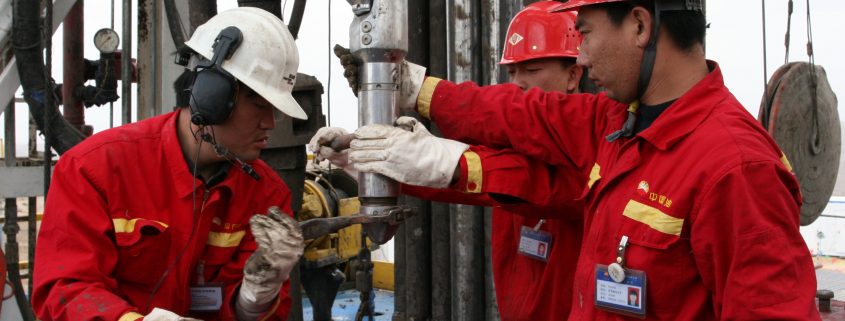
 UN Security Council decides whether to tighten the sanctions screws on North Korea. The country’s increasingly isolated government could lose a lifeline provided by state-owned China National Petroleum Corp (CNPC).
UN Security Council decides whether to tighten the sanctions screws on North Korea. The country’s increasingly isolated government could lose a lifeline provided by state-owned China National Petroleum Corp (CNPC). Crude goes through an ageing pipeline that runs from the border town of Dandong to feed North Korea’s oil refinery. The Ponghwa Chemical factory in Sinuiju on the other side of the Yalu river. It splits the two nations. The plant makes low-grade gasoline and diesel.
Crude goes through an ageing pipeline that runs from the border town of Dandong to feed North Korea’s oil refinery. The Ponghwa Chemical factory in Sinuiju on the other side of the Yalu river. It splits the two nations. The plant makes low-grade gasoline and diesel. “CNPC has all along been really politically minded among state energy firms, aiming for that role of North Korea’s dominant supplier even if the business makes little money.”
“CNPC has all along been really politically minded among state energy firms, aiming for that role of North Korea’s dominant supplier even if the business makes little money.”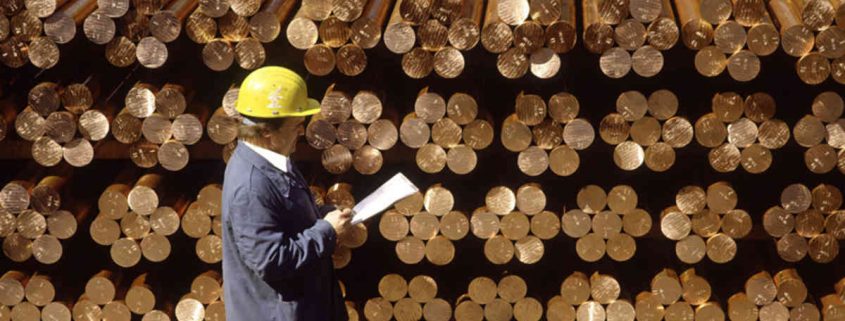





 The company “tried on numerous occasions, and through numerous channels, to reach a satisfactory and amicable resolution, but none has been forthcoming. Therefore they have been left with no other option but to purse a resolution through legal channels.”
The company “tried on numerous occasions, and through numerous channels, to reach a satisfactory and amicable resolution, but none has been forthcoming. Therefore they have been left with no other option but to purse a resolution through legal channels.”


 Copper inventories [on the LME] have fallen over 16%. Also, zinc is down 9%, while lead 8% . Finishing with aluminium failure for 6%. Recent supply disruptions maybe had impact on this.”
Copper inventories [on the LME] have fallen over 16%. Also, zinc is down 9%, while lead 8% . Finishing with aluminium failure for 6%. Recent supply disruptions maybe had impact on this.”
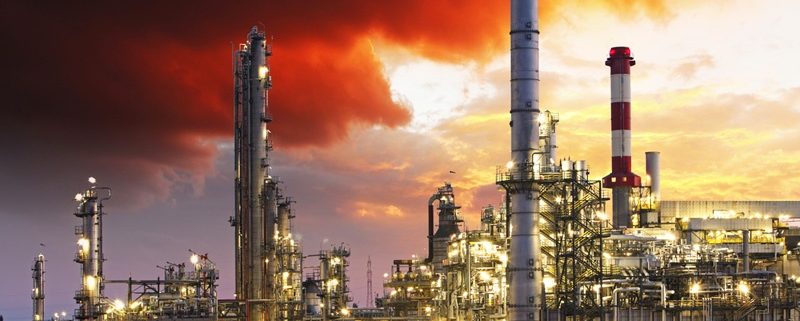


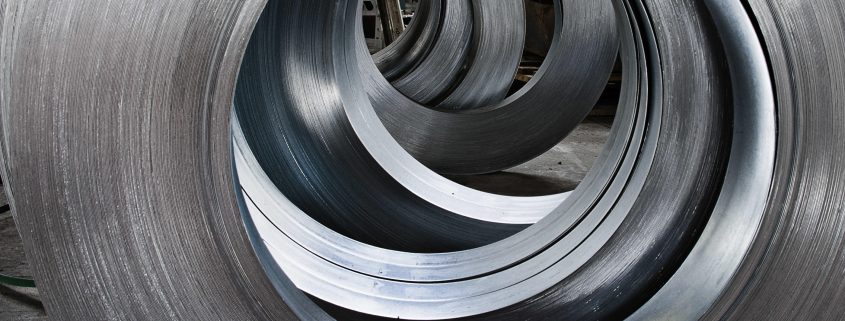




 The three-month aluminium price continued its premarket trend of the week with a small increase. It rose $5.50 to $1,969.50 per ton.
The three-month aluminium price continued its premarket trend of the week with a small increase. It rose $5.50 to $1,969.50 per ton.



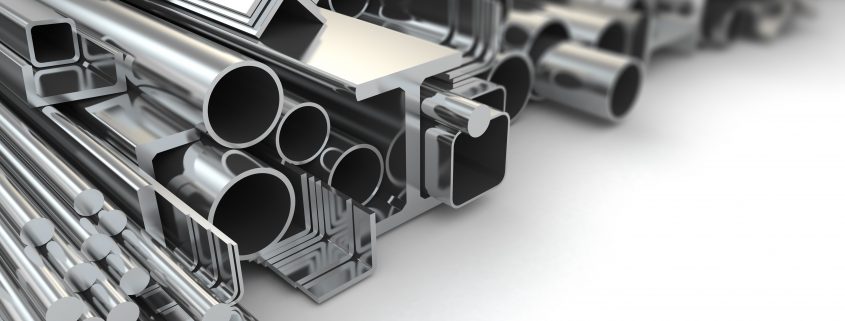


 underpins support for lead prices, but the current jittery macroeconomic backdrop could pose obstacles to sustaining higher prices for lead.
underpins support for lead prices, but the current jittery macroeconomic backdrop could pose obstacles to sustaining higher prices for lead. In 2Q17 Tin prices are expected to be well supported at $19,000 with a preferred upside outlook for nearer the $21,000 per ton mark, Sucden said.
In 2Q17 Tin prices are expected to be well supported at $19,000 with a preferred upside outlook for nearer the $21,000 per ton mark, Sucden said.